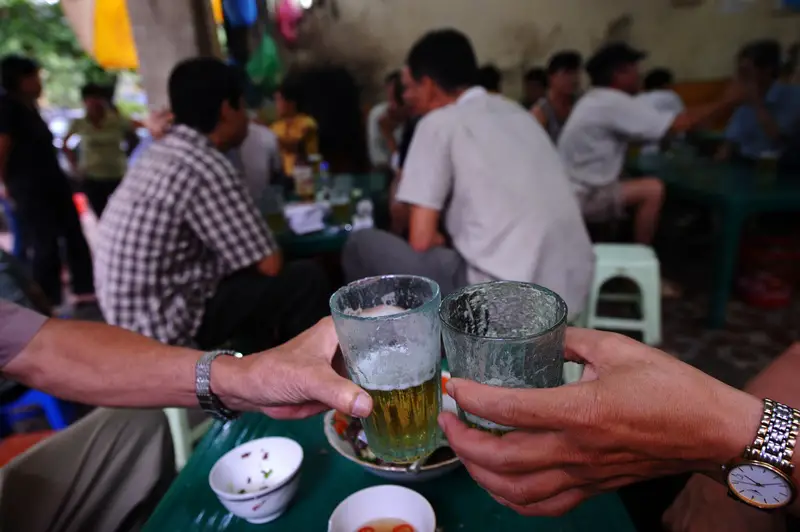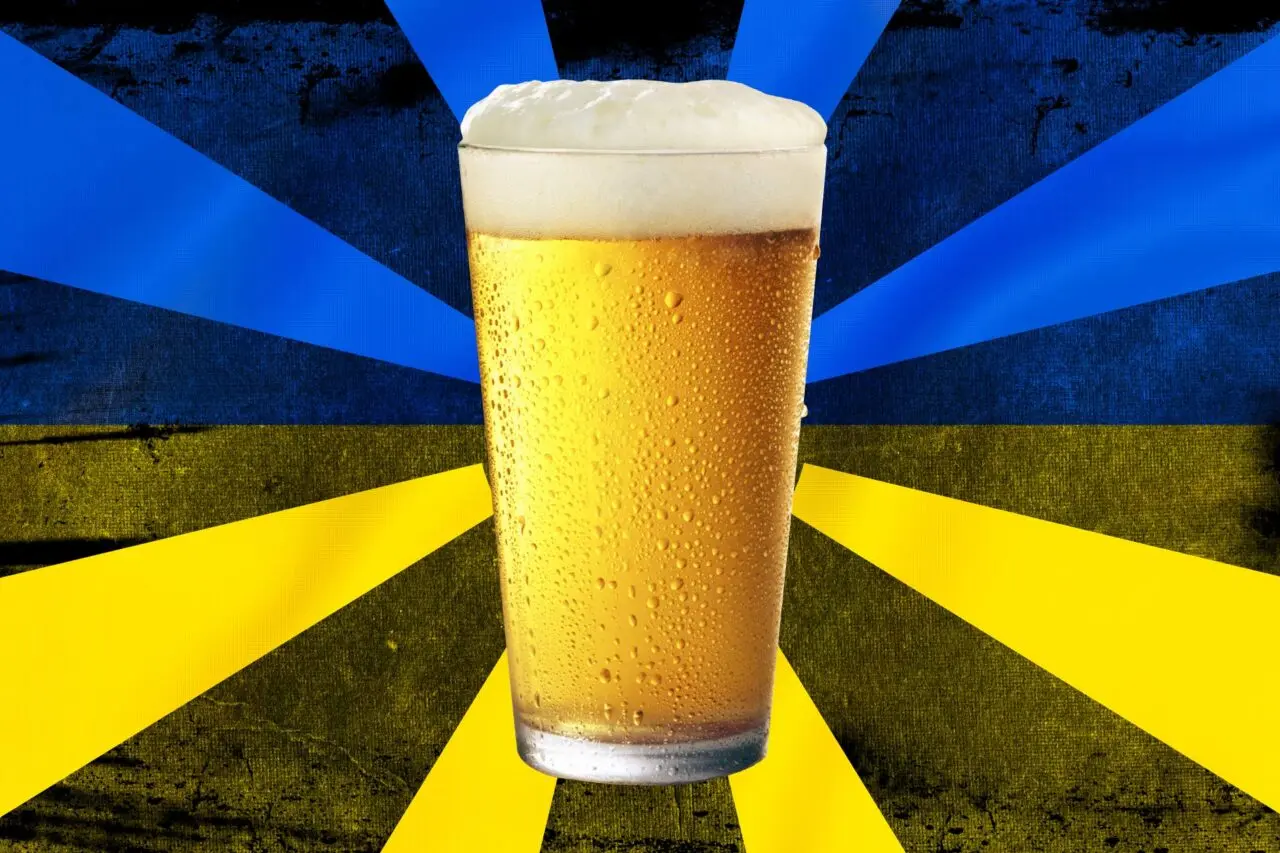As the winter chill sets in and the temperature drops, many seek comfort in a warm drink to stave off the cold. For centuries, alcohol has been associated with providing a warming sensation, leading to the popular belief that consuming alcoholic beverages can raise body temperature. But is this notion grounded in scientific fact, or is it merely a perception fueled by tradition and folklore?
In this comprehensive exploration, we’ll delve into the science behind alcohol’s effect on body temperature and uncover the truth behind whether drinking alcohol warms the body So let’s lift a glass and start exploring the intriguing world of alcohol and how it affects our bodies’ internal thermostats.
Table of Contents
ToggleThe Warming Perception
The belief that alcohol warms the body is deeply ingrained in many cultures, especially in regions with colder climates. When we consume a shot of whiskey or a mulled wine, we often experience an immediate warming sensation, reinforcing the idea that alcohol is heating us. However, this perceived warmth may be more psychological than physiological. Let’s explore the science behind this phenomenon.
Vasodilation and the Warming Sensation

When alcohol enters the bloodstream, it dilates blood vessels, a process known as vasodilation. This dilation can make our skin feel warmer to the touch, leading us to believe that our body temperature is rising.
However, while blood rushes closer to the skin’s surface, it also cools down more quickly, counteracting the perceived warming effect. This phenomenon is why some people feel more comfortable in colder environments after drinking alcohol, as it temporarily gives a sense of warmth.
Alcohol’s Impact on Core Body Temperature
While alcohol can create a sensation of warmth on the skin’s surface, it can simultaneously reduce core body temperature. The body emphasizes its metabolism over keeping a constant body temperature because it recognizes alcohol as a poison.
As a result, the hypothalamus, the part of the brain responsible for regulating body temperature, may become less effective, leading to a drop in core temperature. This is why excessive alcohol consumption in cold environments can increase the risk of hypothermia.
Alcohol and Dehydration
One of the most significant ways alcohol impacts the body’s temperature regulation is through dehydration. Because alcohol stimulates urine output, which causes physiological fluid loss, it is a diuretic. Dehydration can decrease blood volume and hinder the body’s ability to maintain a stable temperature, making it more susceptible to the cold.
In addition, drinking alcohol can widen blood vessels, increasing the flow of blood to the skin’s surface. While this may create a temporary feeling of warmth, it leads to heat loss from the body. When exposed to cold environments, the body will struggle to conserve heat, leading to a drop in core body temperature.
Furthermore, alcohol damages the hypothalamus, a region of the brain involved in controlling body temperature. As a result, the body’s natural ability to respond to temperature changes is compromised, making it more challenging to adapt to cold conditions.
Another aspect of alcohol’s impact on temperature regulation is its effect on the body’s shivering response. When the body detects a decline in temperature, shivering acts as a defensive mechanism by producing heat; however, alcohol can suppress shivering, further hindering the body’s ability to maintain a stable temperature in cold conditions.
The combination of dehydration, blood vessel dilation, impaired hypothalamus function, and suppressed shivering can increase the risk of hypothermia. The body loses heat more quickly during this possibly hazardous situation than it can generate it.
Hypothermia can lead to serious problems, from little discomfort to potentially fatal circumstances. Hypothermia can have severe consequences, ranging from mild discomfort to life-threatening situations.
The “Beer Jacket” Effect

The “beer jacket” effect is often used to describe the warmth that some individuals experience after consuming alcohol, particularly beer. As mentioned earlier, this perceived warmth is primarily due to alcohol’s ability to dilate blood vessels, causing increased blood flow to the skin’s surface. This dilation can create a temporary sensation of warmth on the skin, leading people to believe they are better protected against the cold.
However, it is crucial to understand that the “beer jacket” effect is deceptive and can be highly risky, especially in harsh weather conditions. While the initial feeling of warmth may provide some comfort, it does not increase the body’s core temperature or protect it from the cold. Relying on alcohol for warmth can lead to a false sense of security, making individuals more susceptible to cold-related injuries and illnesses.
The impairment of judgment caused by alcohol consumption can be particularly dangerous in cold environments. When under the influence of alcohol, individuals may underestimate the severity of the cold and may not recognize the signs of hypothermia or frostbite. They may be less likely to seek shelter or appropriate clothing, putting themselves at greater risk of developing cold-related health issues.
Moderation is Key
While moderate alcohol consumption may provide a temporary warming sensation on the skin’s surface, it is essential to remember that alcohol’s overall impact on the body’s temperature regulation is harmful. Overindulgence can lead to dehydration, impaired judgment, and increased susceptibility to cold-related illnesses.
Other Elements That Influence Body Temperature
In addition to drinking alcohol, a number of other things can affect body temperature. Physical activity, clothing, weather conditions, and individual differences in metabolism all play roles in how our bodies respond to changes in temperature. While striving to remain warmer in chilly situations, it’s imperative to take these aspects into account alongside alcohol consumption.
Conclusion
While the perceived warmth from drinking alcohol may provide temporary comfort, it is essential to recognize the limitations and risks associated with relying on alcohol for heat. The vasodilation effect may offer a fleeting sensation of warmth on the skin, but it is no substitute for proper body temperature regulation. Moreover, alcohol’s impact on dehydration and core body temperature can be dangerous, particularly in cold environments.
When seeking warmth during chilly days, remember that moderation is key when consuming alcohol, and non-alcoholic alternatives can be just as comforting without the potential risks. Embrace the age-old practices of dressing in layers, staying active, and seeking shelter to keep warm while enjoying the company of loved ones. Ultimately, a mindful and informed approach to staying warm ensures that we remain safe, healthy, and capable of enjoying all the wonders the colder seasons bring.

I am a passionate beer connoisseur with a deep appreciation for the art and science of brewing. With years of experience tasting and evaluating various beers, I love to share my opinions and insights with others and I am always eager to engage in lively discussions about my favorite beverage.
















